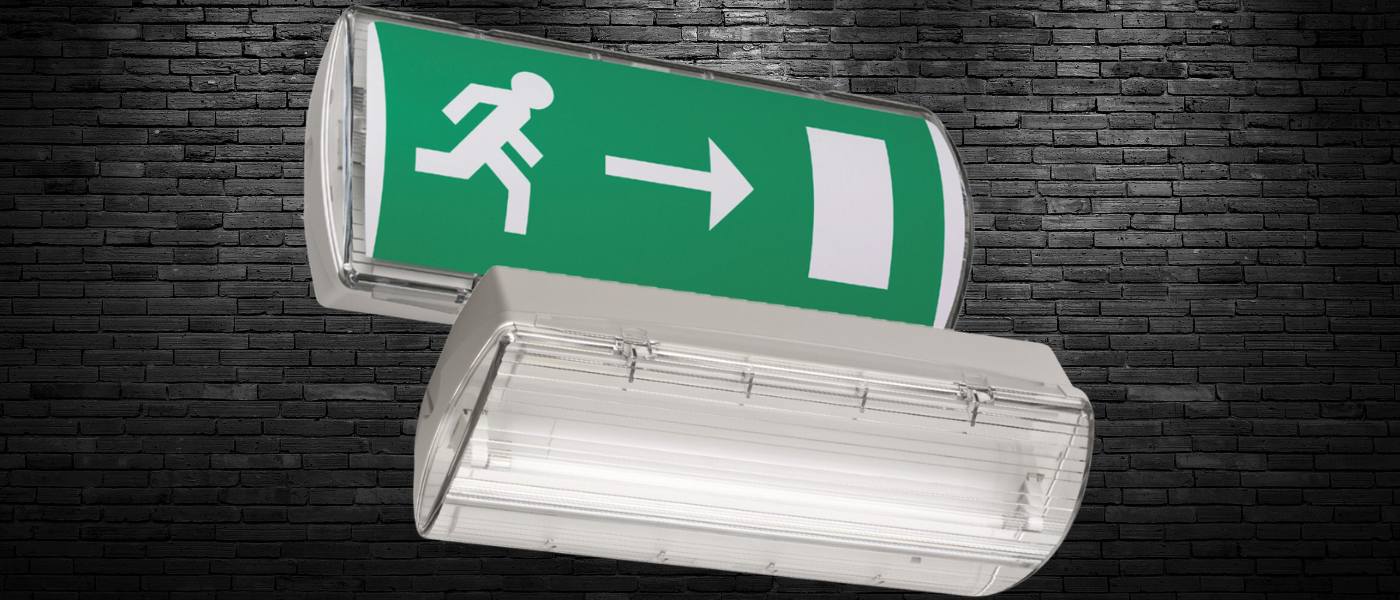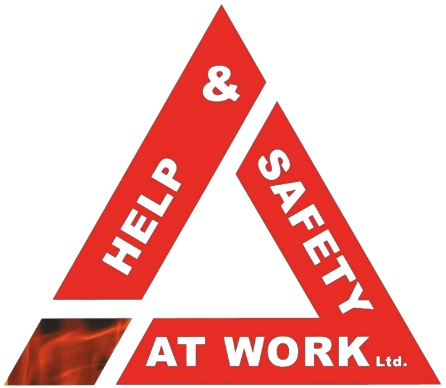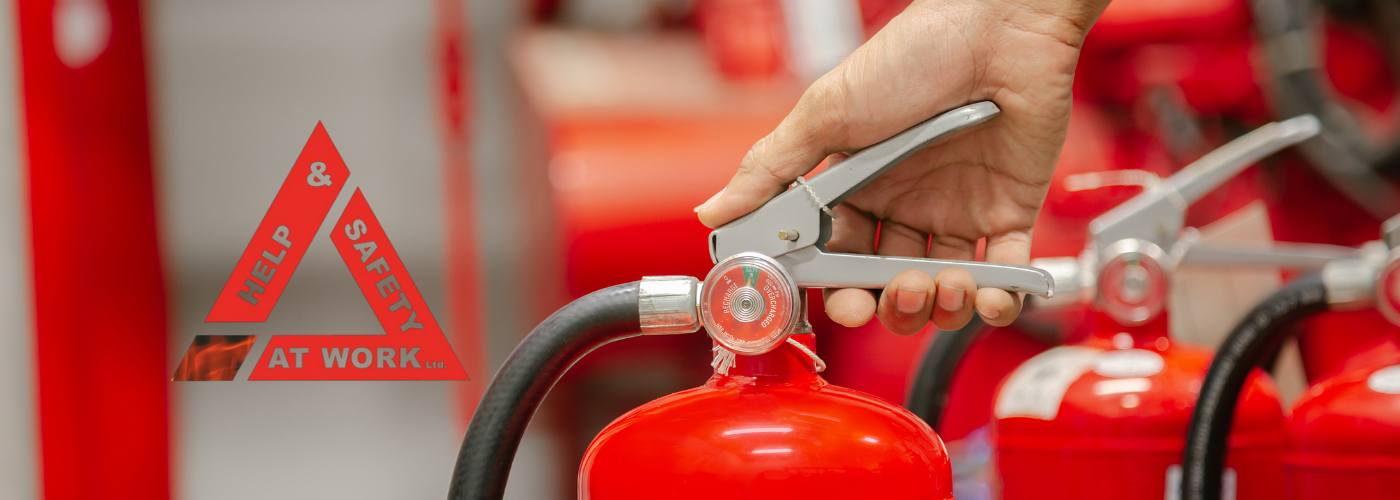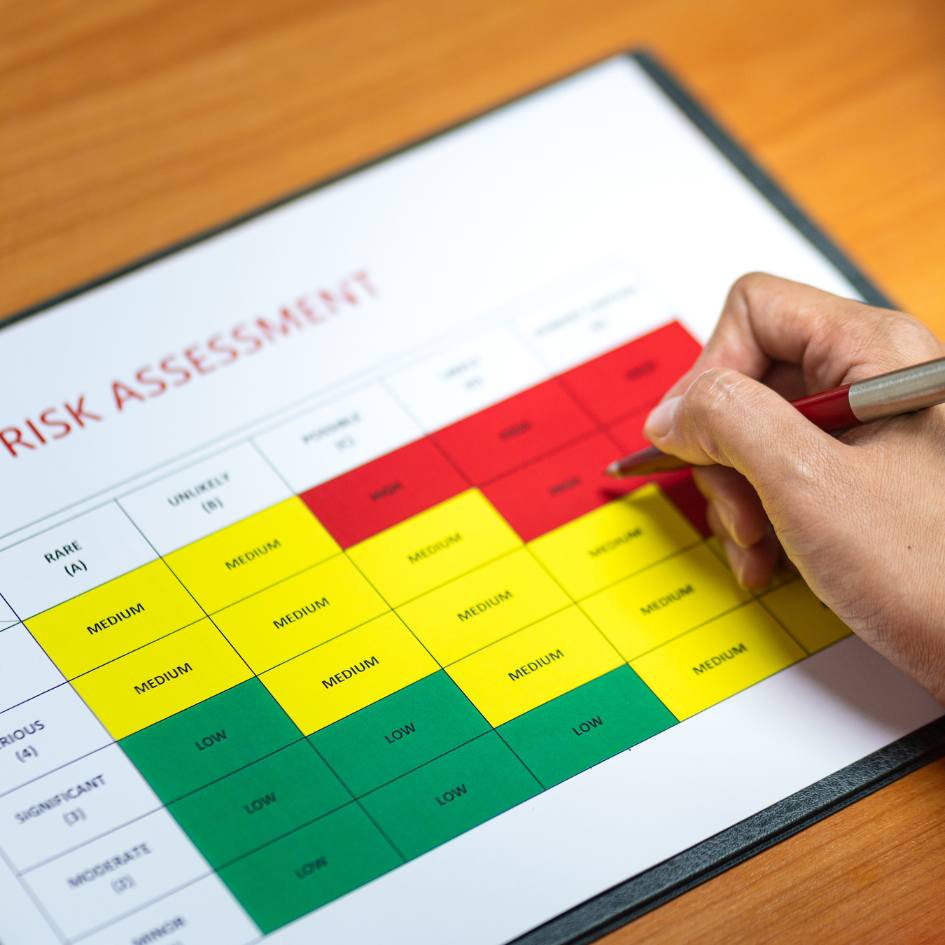

Understanding emergency Lighting in HMOs
In the realm of fire safety and building regulations, one crucial element often overlooked is emergency lighting, especially in House of Multiple Occupation (HMOs). But what exactly is emergency lighting and why is it so essential for HMOs?
What is Emergency Lighting?
Emergency lighting is a vital safety feature designed to activate automatically during a power outage ort emergencies. Its primary function is to prove illumination along escape routes and key safety equipment, ensuring the safe evacuation of occupants.
emergency lighting in HMOs: a mandatory requirement
HMOs, along with various other premises like schools and hotels are mandated to have emergency lighting installed. This requirement ensures the safety of occupants especially in properties with complex layouts and multiple tenants.
Understanding emergency Lighting Requirements and Regulations
Emergency lighting requirement in HMOs are dictated by many factors, including size, layout and the number of occupants. Larger HMOs with multiple floors and communal areas will have more strict requirements compared to smaller properties however no matter the size of the property you must follow all requirements to keep tenants safe. These requirements aim to ensure that escape routes, common areas and high risk zones like kitchens are adequately illuminated during emergencies.
Building Regulations: Building Regulations set out the standards for the design and construction of buildings in the UK. Part B of the Building Regulations specifically addresses fire safety requirements, including the installation of emergency lighting systems.
Regulatory Reform (Fire Safety) Order 2005: This legislation places the responsibility for fire safety on the “responsible person,” typically the landlord or property manager. It requires suitable safety measures, including emergency lighting, to be in place in HMOs to protect occupants in the event of a fire or emergency.
Local Council Requirements: Local councils may have additional regulations or guidelines concerning building safety and fire prevention measures. These requirements can vary by area and may supplement or clarify the national regulations.
What you should do
Emergency Lighting is not just a legal obligation, its a crucial aspect of ensuring the safety and well-being of HMO occupants. By understanding and adhering to emergency lighting regulations, landlords can create safer living environments for their tenants.
Ensuring compliance with emergency lighting is not just about meeting legal requirements, its about prioritising tenant safety. As HMO landlords, its your responsibility to illuminate the path to safety for your residents.
The next step
For more information or guidance on emergency lighting, call us on 01832 735874 or email us at admin@hasaw.co.uk.
For other fire safety services visit our services page and call us for a free no obligation quote today.





